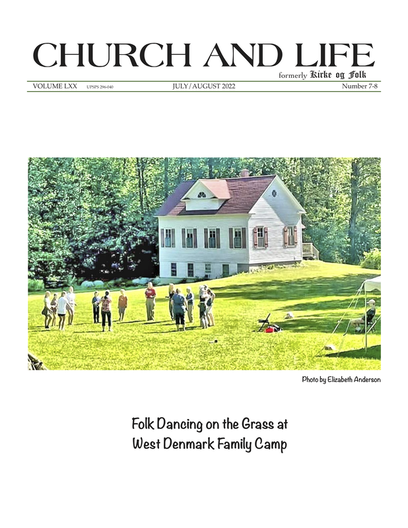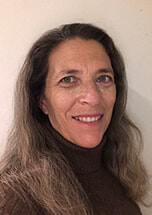0 Comments
 In anticipation of the Danebod Fall Meeting in Tyler, MN, the opening song for this issue is one that was written by Henrik Strandskov for last year’s seventy-fifth anniversary of the meeting. His introduction draws attention to the poignant tension of the lyrics. The last stanza could easily refer to the singing at West Denmark Family Camp. The report by Elinor and Henrik Strandskov has accompanying photos, including the one on the cover, that illustrate some of the activities at this year’s camp, all of which were held out-or-doors. In the third and final installment of “The Granly Story,” Ida Larsen describes how, despite the hard economic conditions in which the Mississippi colony began, the community activities of this Danish American settlement provided a social cohesion that nourished the spirit. Flocks of people looking for a new home do not always find a welcoming atmosphere to put down roots. In “FLIGHT,” Hanna Broadbridge tells of a new museum in Denmark that is dedicated to the memory of German refugees who were held in camps after World War II. As the exhibits stimulated Hanna to reflect, she passes on to us the question of how we are to treat people who come from other countries. Robert Jensen brings other questions for reflection in “What is the World? Who are We? What are We Going to Do about It?” His religious belief may be unorthodox, but the spirit of his message, originally delivered at his Presbyterian church, speaks to how people of God should see themselves in relation to Creation. The poem “Thirsty Garden” by Maria Pavlik that closes the issue may also stir reflection on how we may or may not pay attention to our relationship with the Earth, which sustains us.. |
Editor InformationBridget Lois Jensen Archives
March 2023
|
Subscribe | Gift |
Submit an Article |
Contact |
© COPYRIGHT 2019 CHURCH AND LIFE.
|

 RSS Feed
RSS Feed